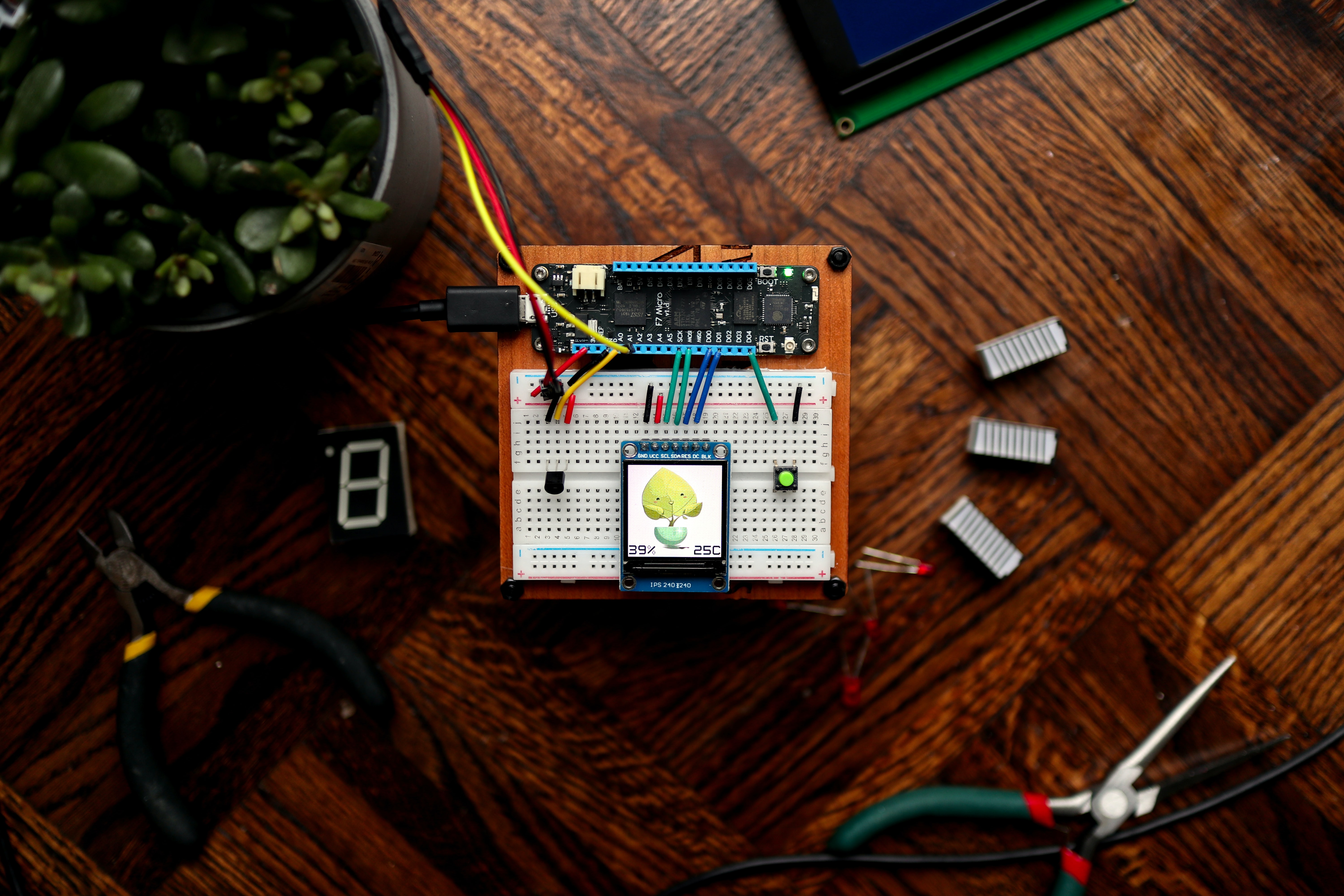Jump to the episodes list or to the activities list!
The Digital Signature Podcast highlights the unique journeys and pathways to computing careers, and the many ways that we can apply computing in positive ways to the world around us. We named it "Digital Signature" because a digital signature is used on the Internet to identify ourselves to others; each one is unique, just like our own experiences in developing and using technology for the things we're passionate about.
To do this, we are hosting guests to share their authentic stories about the unique paths we have taken into computing careers, including the academic track, second-career, career- and technical-training, among others. We will highlight the many career tracks one can pursue, including software development, software testing, front-end design (including web design), game designers, usability and user experience, business development, statistics, data science, security, robotics, systems integration, artwork and asset developers, ubiquitous and cloud computing, and human-centric computing (and more!). The "Digital Signature Podcast" showcases and celebrates the unique journeys we take to technical careers, and the ubiquitous reach of computing including but also beyond majoring in computing in school.
Join us for conversations with guests with many different and unique experiences to learn about how you can launch your own passions into careers and opportunities in computing and technology. We will also feature materials and activities at all levels that you, families, teachers, and anyone can try out at home to experience a "day in the life" of each of our guests.
Episodes
Latest Episode
Episode 2: Adam Zucker

The Digital Signature Podcast Episode 2 with Adam Zucker
Activity: Classifying Legitimate Text with Natural Language Processing
Activities
Dice Rolling with the Microbit
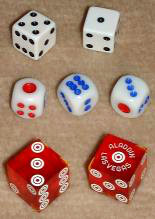
In this activity, we will introduce arrays to store and display a count of dice rolls using random numbers from the Micro:bit.
Hide-and-Seek with the Microbit

In this activity, we will use the Bluetooth radio of the micro:bit to estimate the distance between two micro:bits by measuring the strength of the radio signal, and play a game of hide-and-seek.
Pseudo Random Number Generation with the Microbit
In this activity, we will use the Micro:bit to create a sequence of pseudo-random numbers using a formula.
Speed Pitch with the Microbit
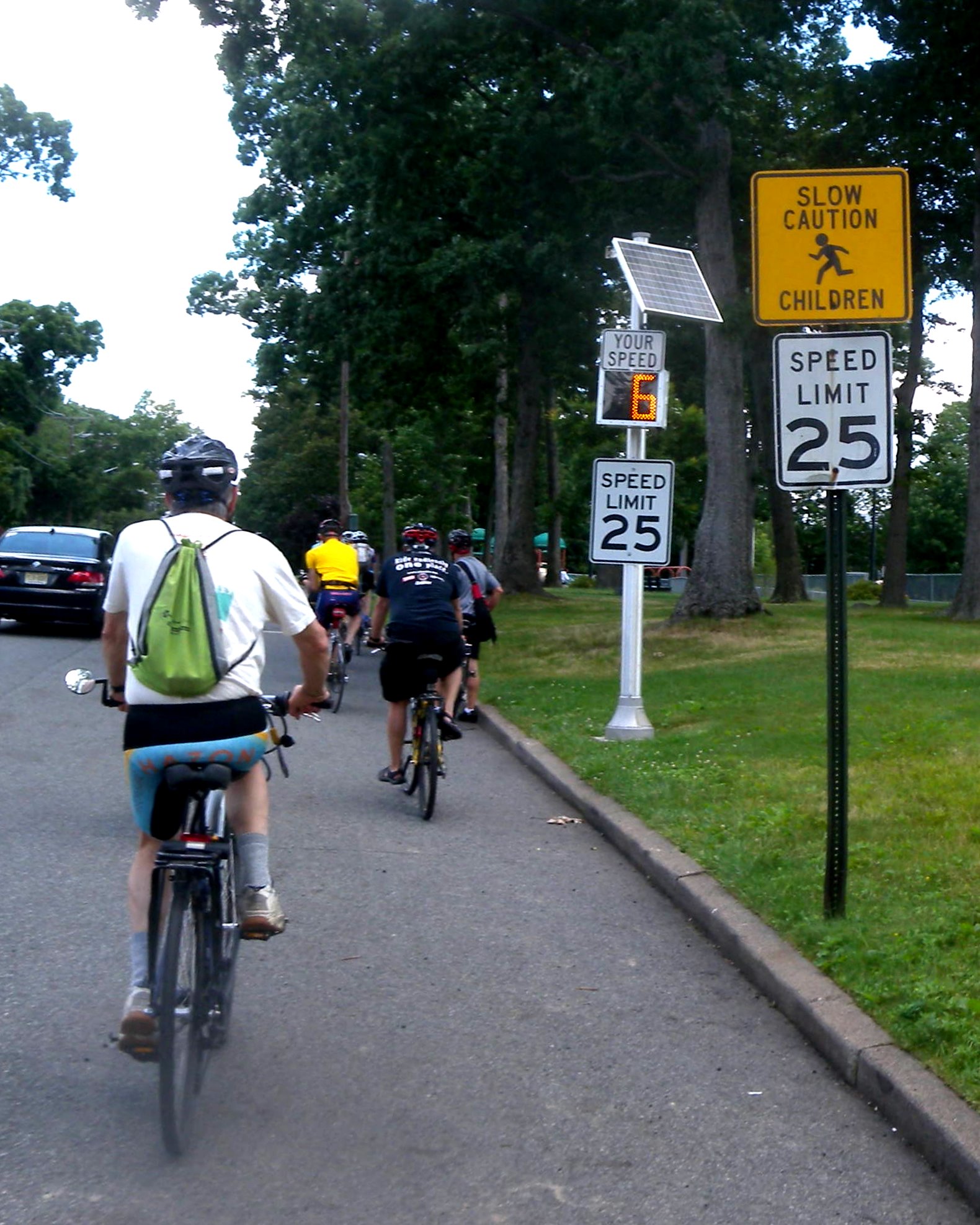
In this activity, we use the radio and light sensor of the Micro:bit to detect an object passing each of two Micro:bits, to measure the time between passing each, and to compute the speed at which the object moved.
Banana Music with the Microbit

In this activity, we will measure the resistance across a banana peel and use it to play a note on the Micro:bit.
Analyzing the Federalist Papers
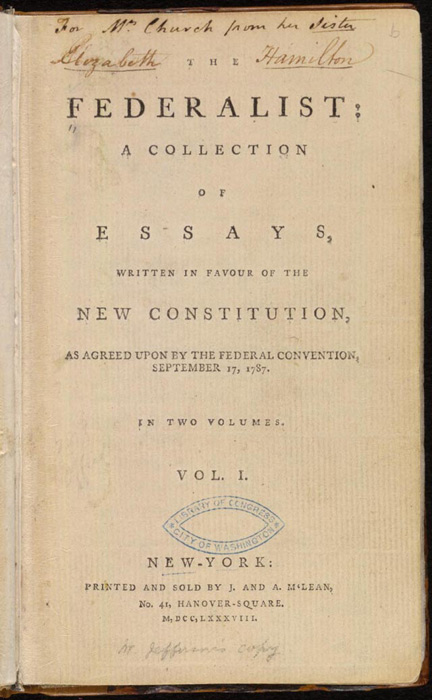
In this activity, we will analyze the federalist papers and predict their authorship by calculating a score.
Classifying Flowers

In this activity, we will measure properties of different flower species and use those measurements to guess the species of an unknown flower.
Social Vicinity with the Microbit

In this activity, we will use the radios of two or more Micro:bit devices to calculate how long we've been around each of our friends.
Timing Thunder with the Microbit

In this activity, we will measure the time between lightning and thunder to estimate the distance of a thunderstorm. Remember that if you can hear thunder, you can be struck by lightning, so this is not for outdoor use during a storm!
Classifying Legitimate Text with Natural Language Processing
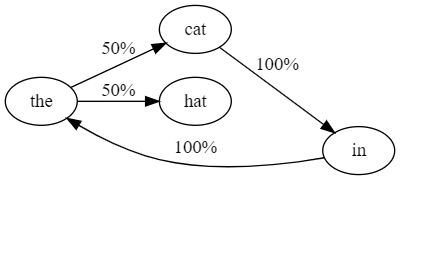
In this activity, we will use Natural Language Processing to read job descriptions and determine which ones are for legitimate job opportunities using Python and Google Colab.
Tin Foil Piano with the Microbit
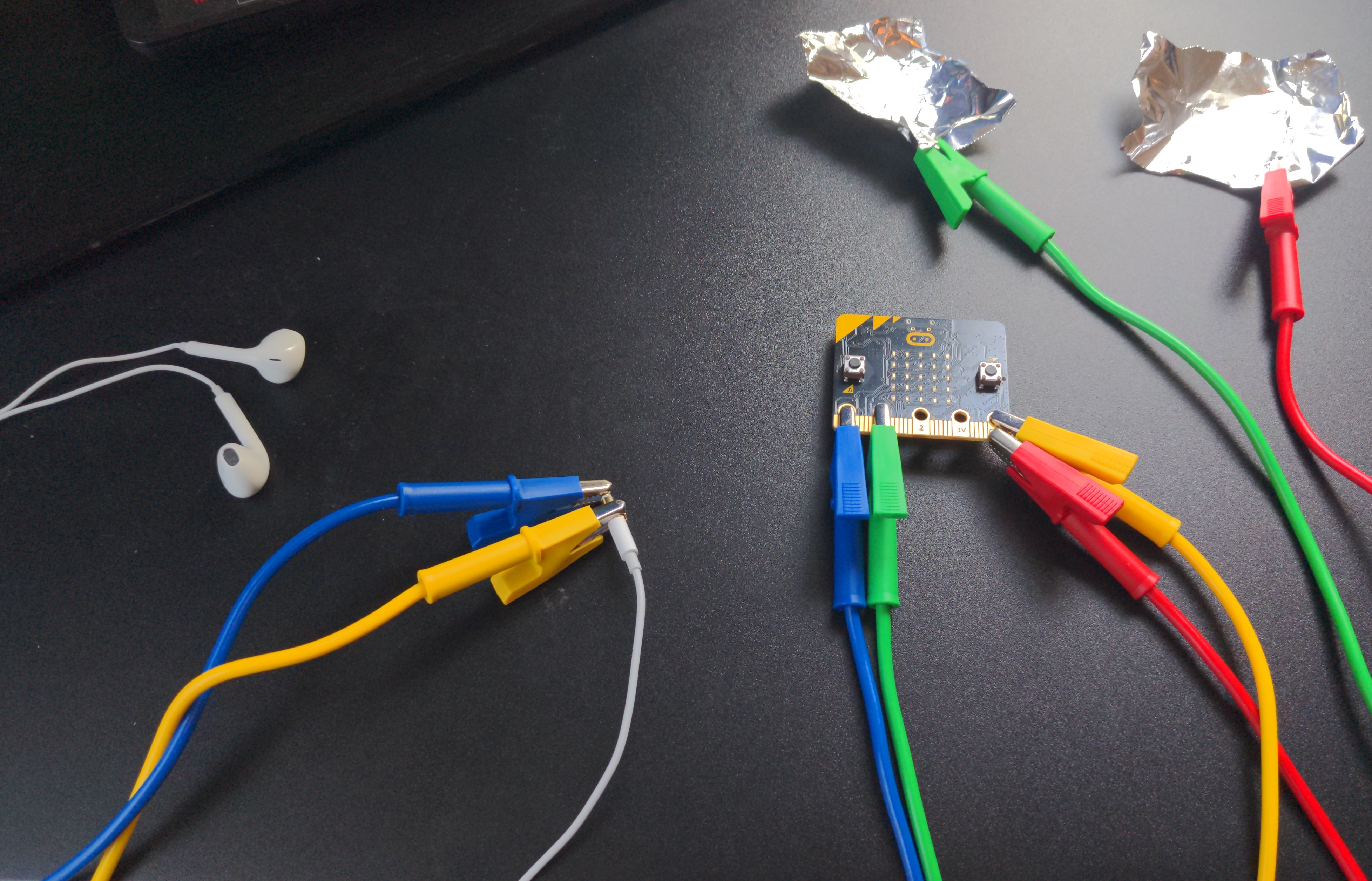
In this activity, we will measure a change in current between the Micro:bit and ground, calculate a note by its frequency, and play the note.
Rock Paper Scissors and Radio Protocols with the Microbit
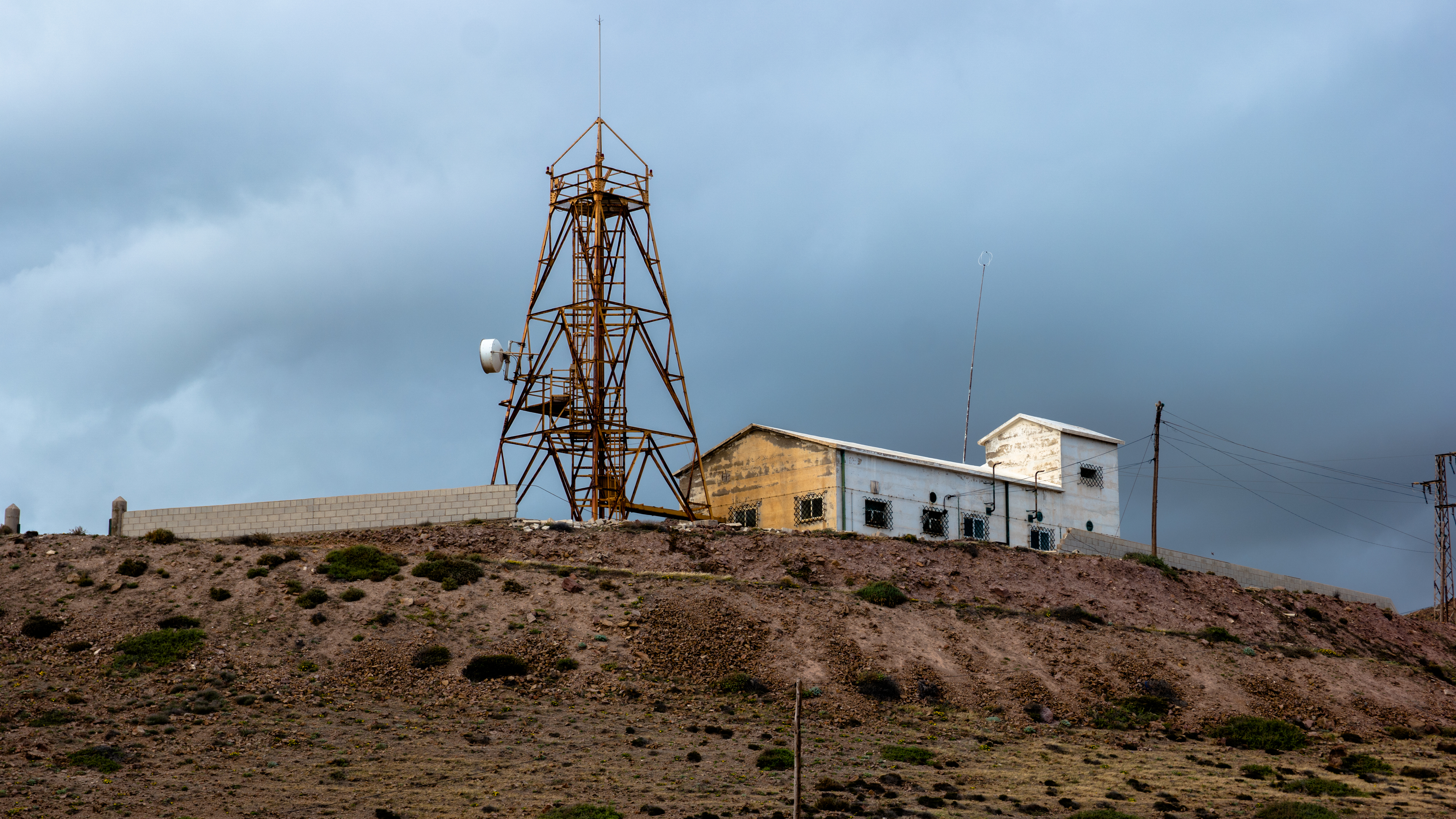
In this activity, we will develop a protocol for matching up with a player and playing a game of rock-paper-scissors using the Bluetooth radio.
Integrating the micro:bit with VarIOT via ThingsBoard

In this activity, we will integrate the BBC micro:bit with a ThingsBoard gateway called VarIOT using a wireless radio.
Telling Time with WWVB

In this activity, we will listen to a data broadcast of the current time using the WWVB radio station, and learn about radio modulation to send data around the world.
Zero Knowledge Coin Flipping
In this activity, we will learn about zero knowledge protocols to exchange secret information over the Internet.
